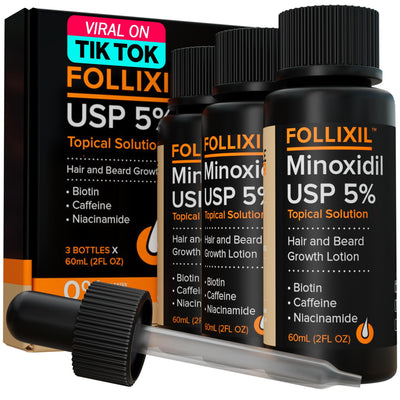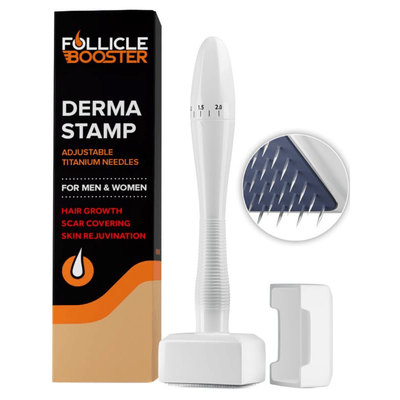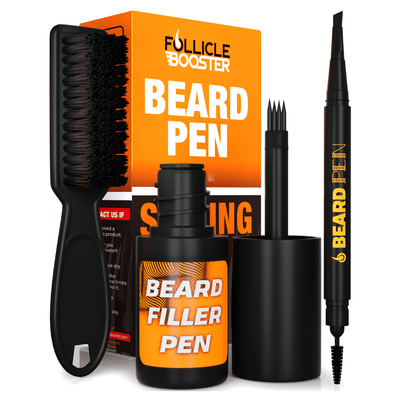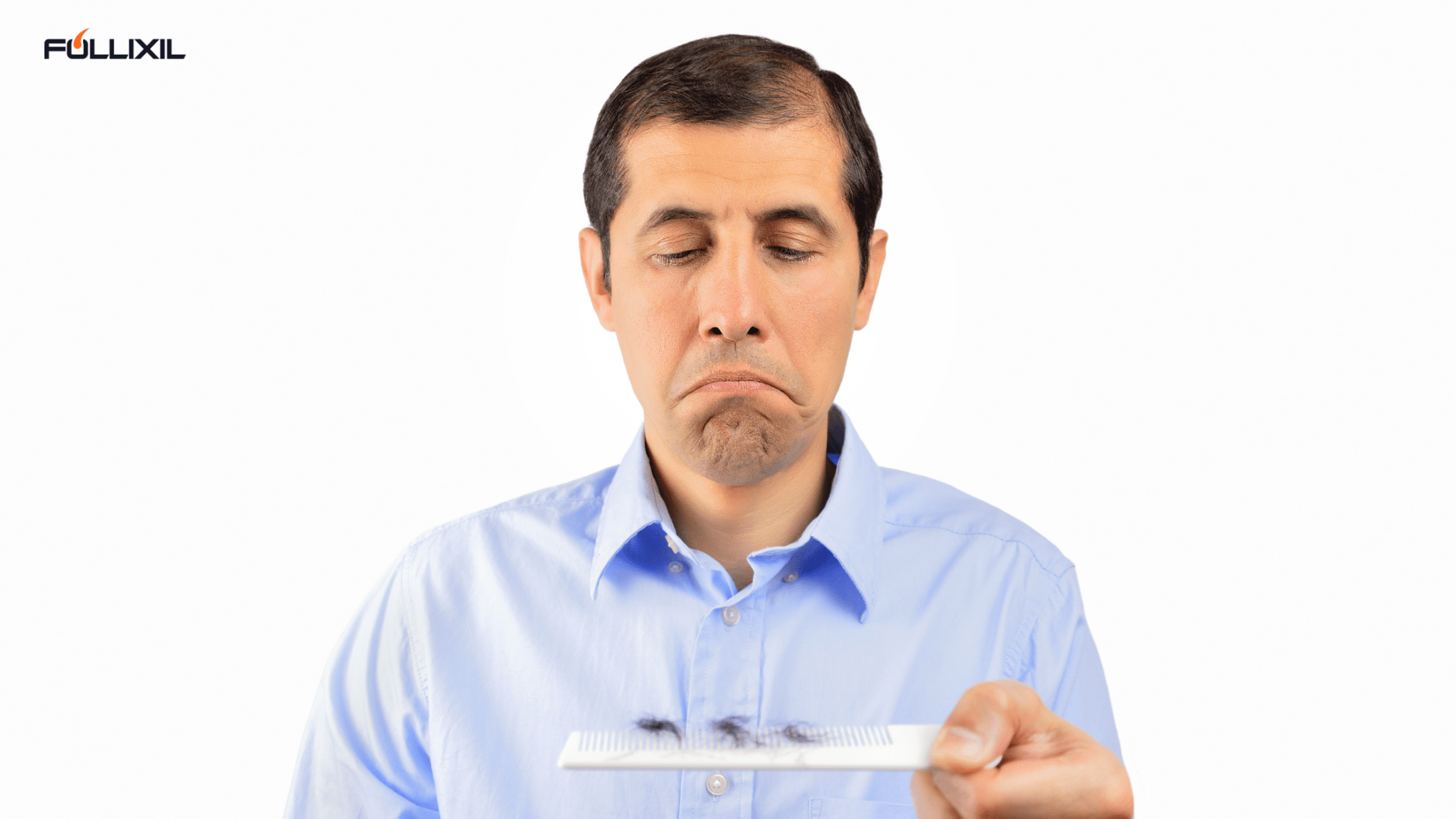Minoxidil is a popular treatment for hair loss and is widely used by individuals dealing with thinning hair, receding hairlines, or patchy beards. While many people have seen positive results, others are frustrated when they don't notice any visible improvement—even after weeks or months of use. If you're not getting the results you expected from minoxidil, you're not alone.
Here are some common reasons why minoxidil might not be working for you and what you can do about it:
1. Inconsistent Application
Minoxidil works best when it's applied consistently. Missing applications, applying it only a few times a week, or skipping entire days can seriously affect your results. The solution is straightforward: make it part of your daily routine, like brushing your teeth.
- Use it twice a day, every day, for optimal results.
- Set reminders or tie them to daily habits to avoid forgetting.
- Don't expect miracles overnight—patience and consistency are key.
2. Not Giving It Enough Time
Minoxidil takes time to show noticeable improvements. In many cases, users expect to see visible changes within a month or two; when that doesn't happen, they give up. But here's the truth: hair regrowth can take 3 to 6 months, and in some cases, even longer.
- During the initial weeks, shedding might increase—this is normal.
- Stay committed to the routine even if progress seems slow.
- Take photos every few weeks to track subtle changes.
3. Incorrect Application Technique
Even if you're applying minoxidil daily, how you apply it matters a lot. Some people use too much or too little or fail to spread it evenly across the target area.
- Use the recommended amount—usually 1 ml per application.
- Apply it directly to the scalp or beard skin.
- Let it absorb fully before using other products or going to bed.
4. Underlying Medical Conditions
Sometimes, the lack of results has nothing to do with minoxidil itself. Hair loss can be a symptom of underlying issues such as thyroid disorders, iron deficiency, or hormonal imbalances. Minoxidil alone might not be enough if these factors cause your hair loss.
- Consult a dermatologist or healthcare provider for a full evaluation.
- Blood tests can help uncover any nutritional or hormonal issues.
- Combine treatment with lifestyle changes and supplements if advised.
5. Expecting Too Much from Minoxidil Alone
Minoxidil is not a miracle product. While it can stimulate hair growth, it's not a cure for baldness or advanced hair loss. Its effects can also vary depending on your genetics and age.
- Use minoxidil as part of a comprehensive hair care routine.
- Eat a balanced diet, manage stress, and avoid harsh hair products.
- Consider combining minoxidil with other treatments or tools like hair-loss specified shampoo and conditioner, Rosemary Oil, Scalp massages and derma stamp.
-

Minoxidil works—but only if you follow the routine and use it correctly. Skipping applications, expecting fast results, or neglecting other aspects of your health will only set you back. Think of it as a long-term investment in your hair health. Stay disciplined, be patient, and give your body the time to respond.
Are you sticking to your minoxidil routine properly? If not, now's the time to recommit.











